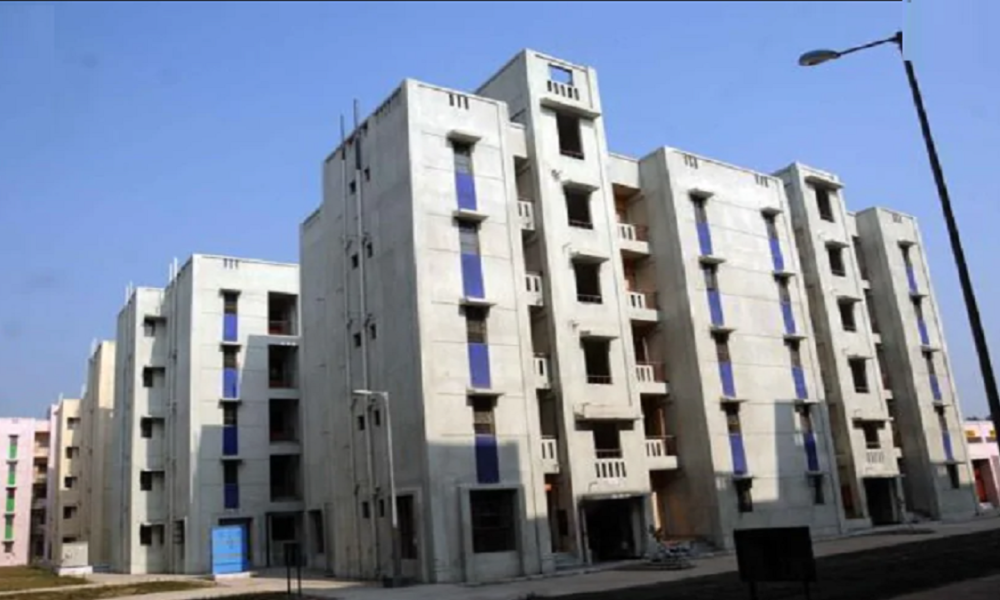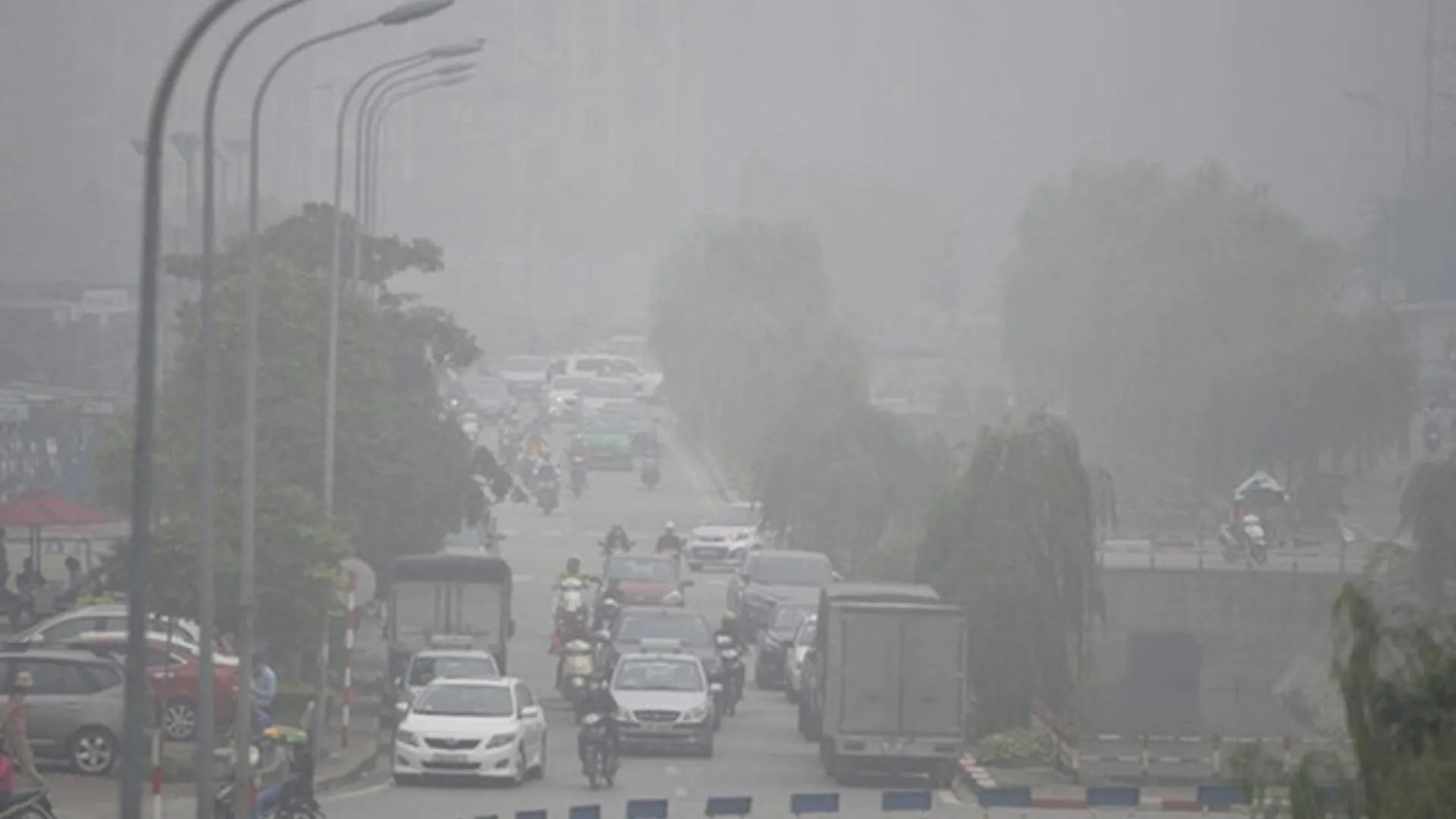So far, 2020 was a nightmare for most industries, including Indian real estate where COVID-19 collided with all segments, causing varying degrees of damage. Commercial office space growth – on a bull-run over the last six years – has also hit the pause button as many large companies explore the work-from-home option. Residential sales are severely impaired due to the pandemic’s underlying uncertainties.
The collision was not a terminal event, though, and the sector can emerge from the wreckage with cuts and bruises but otherwise intact. In the housing sector, sales need to pick up. The market fundamentals are still strong, especially since the pandemic’s underlying mantra of ‘stay at home and work from home’ has made home ownership a new priority.
For the housing sector, COVID-19 couldn’t have come at a worse time. Many aspiring homebuyers were on the verge of making purchases when an avalanche of uncertainties struck and forced many onto the fence of indecision. Simultaneously, a new buyer segment entered the arena – millennials. This previously rentfavouring demographic took an unexpected U-turn and started exploring the housing market as convinced buyers.
Yet, the uncertain environment is seriously impacting overall demand. Even with discounts, real estate buys are massive investments and buyers need more confidence to make such financial commitments. Boosting demand is therefore not solely up to developers – this has to be a collaborative effort involving the government and banks, as well.
What the Government Can Do
It’s all very well to exhort developers to cut their prices to push sales, but this is still a very incomplete narrative presenting only half of the story. To overcome issues like inventory pile-up and cost overruns, many players have already topped off major discounts with additional offers like refundable booking amounts, waived statutory fees, cashback schemes, easy payment structuring and assorted freebies.
Even coupling these interventions with existing Government measures and bank incentives have not sufficed to revive housing sales appreciably. In last two months, there were also various government and RBI measures geared towards tackling supply concerns. However, what the sector needs is measures that will bolstering demand, as well.
Let’s take a look at what the government and banks can do to get the ball rolling again.
Permit selective subvention schemes: The ban on subvention schemes could be rolled back for developers with good previous track records. Schemes such as 30:70, 20:80, 10:90 or even 5:95 were a popular and effective marketing strategy for developers.
GST waiver (even if temporary): This, coupled with existing offers and discounts by developers, can make home purchase a more attractive proposition. At present, the GST rate for premium residential properties is 5% of the total property cost, excluding input tax credit (ITC). For affordable homes (INR 45 lakh) it is 1% minus ITC.
Reduce ready reckoner & stamp duty rates: This would give immediate and significant monetary relief to homebuyers, particularly those seeking affordable properties. Combined with other incentives, it can help convert fence-sitters in both affordable and mid segments to take the plunge. On an average, stamp duty charges across states range anywhere between 5-8%. A one-time waiver of stamp duty charges for first-time homebuyers would be a massively positive step towards pushing housing sales.
Slash home loan rates further: With RBI making back-to-back cuts in repo rates earlier, banks also need to pass the benefits on to home loan seekers. This could change the demand dynamics for both the low- and middle-income groups. Presently, the average home loan interest rates hover between 7.15% to 7.8% – still much higher than in countries like the US where it is between 2.5% to 3.5%.
Increase tax benefits for first-home buyers: For instance, the government could hike the INR 2 lakh tax rebate on housing loan interest under Section 24 of the Income Tax Act. This could kick-start healthier demand for housing, especially in the affordable and mid – segment categories.
Increase income limit eligibility under PMAY: To push sales in the affordable housing segment and also benefit a wider section of urban poor, the government can increase the income limit for availing Credit Linked Subsidy Scheme (CLSS) under PMAY. Presently, the limit for MIG 1 and MIG 2 is INR 12 lakh and INR 18 lakh respectively. These could be expanded to INR 18 lakh and INR 25 lakh respectively.
The revival of the Indian housing sector must be a partnership between industry stakeholders, the government and banks. Reviving housing demand is obviously integral to the government’s Housing for All by 2022 vision. For lack of any statements to the contrary, this vision is still on the agenda. So is making India a 5 trillion economy – which, again, is not possible without a convincing real estate revival.
Anuj Puri is Chairman, ANAROCK Property Consultants.






















